Snapdragon

Stock Photos from EllSan/Shutterstock
One of the most peculiar species of flower, the snapdragon, has a complicated place in Victorian culture. It was regarded as a symbol for both deception and graciousness, but if a snapdragon was sent to someone with a hyacinth (known for truth), then it meant that the giver was sorry for their mistakes.
Sunflower
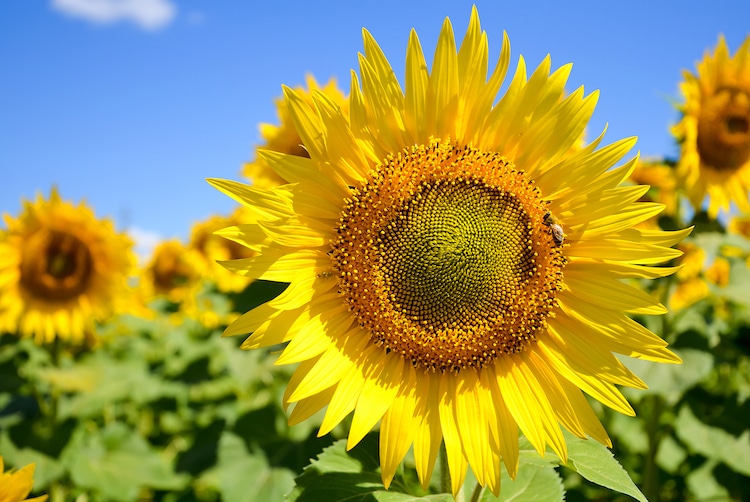
Stock Photos from Lillac/Shutterstock
Vincent van Gogh famously painted twelve canvases of sunflowers, seven of which he used to decorate his home in Arles. Although Van Gogh was drawn to their bright colors, in Victorian culture, a tall sunflower meant false riches, and a small one expressed adoration.
Tulip
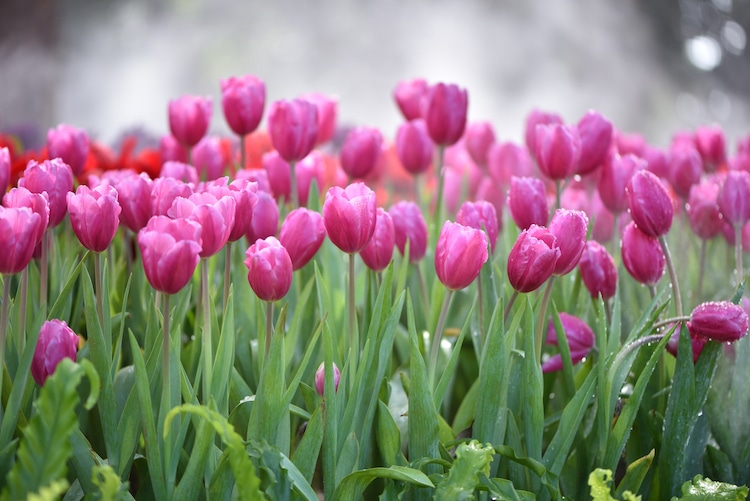
Stock Photos from stocksuwat/Shutterstock
Looking at the happy tulip, one can't help but think of the Netherlands and their famous “tulip mania,” during which the bulbs became so popular they were used as currency. Victorians had a very different interpretation of the flower, as to them it symbolized charity.
Verbena
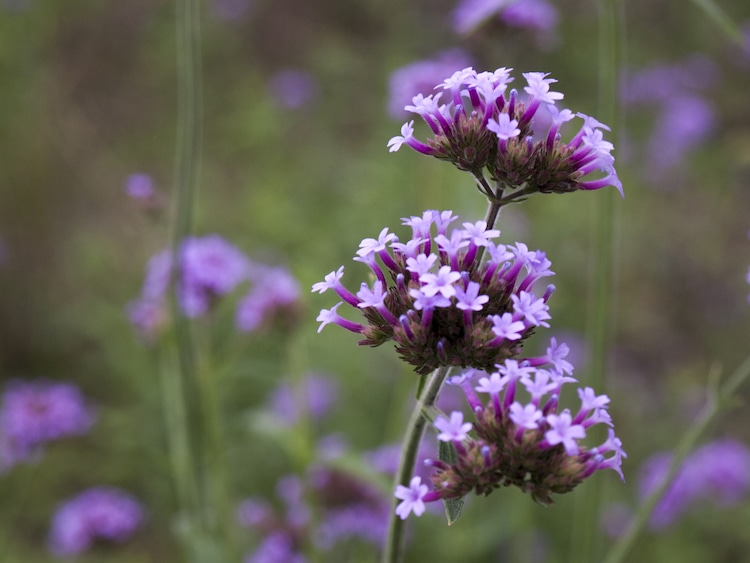
Stock Photos from Kenya R/Shutterstock
Verbena is a flower with many religious connotations, having the nicknames of Holy Herb, Herb of the Cross, and Devil's Bane. The Victorian meaning of verbena was of a similar vein: pray for me.
Violet
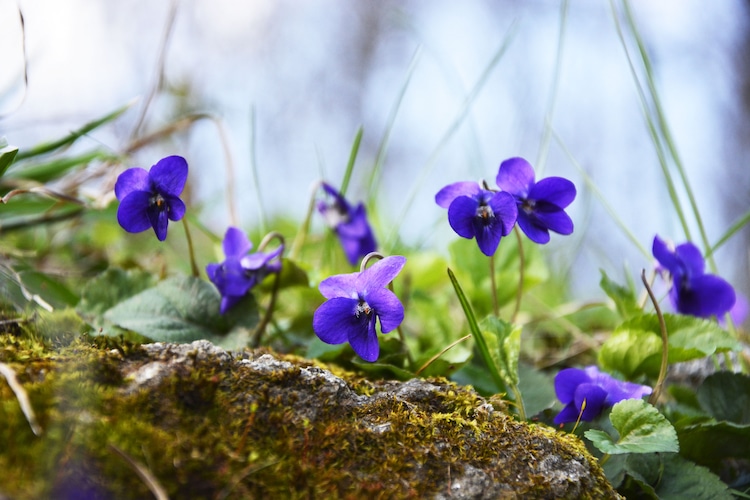
Stock Photos from Predrag Lukic/Shutterstock
The delicate violet meant faithfulness and modesty.
Yarrow

Stock Photos from Mr. Meijer/Shutterstock
Typically recognized as the sidekick in a larger bouquet, yarrow flowers were a symbol for healing.
Zinnia
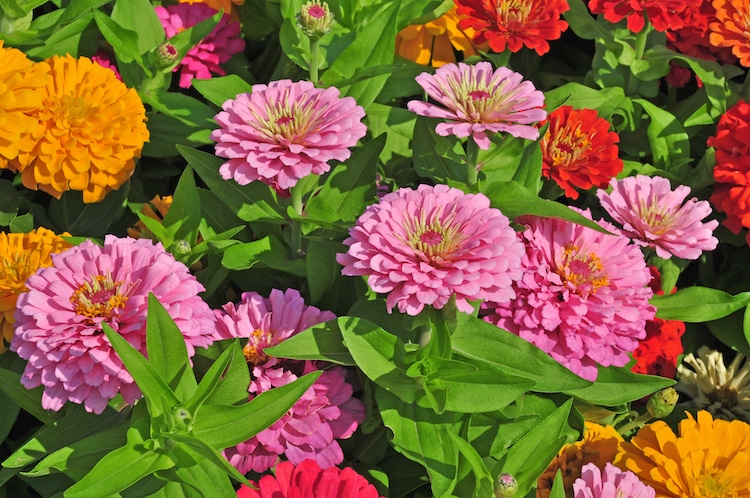
Stock Photos from Vladimir Dokovski/Shutterstock
One of the brightest blooms in the garden, zinnia flowers are easy to grow and long-lasting. Likewise, Victorians believed zinnias symbolized thoughts of an absent friend.
Related Articles:
Artist Turns One of the Last NYC Phone Booths into Bursting Display of Flowers
How Van Gogh’s Love of Painting Sunflowers Blossomed During His Short Career
Idyllic “Spring Stripe” of Cherry Blossoms and Nemophila Flowers Blooms in Japan






















































































